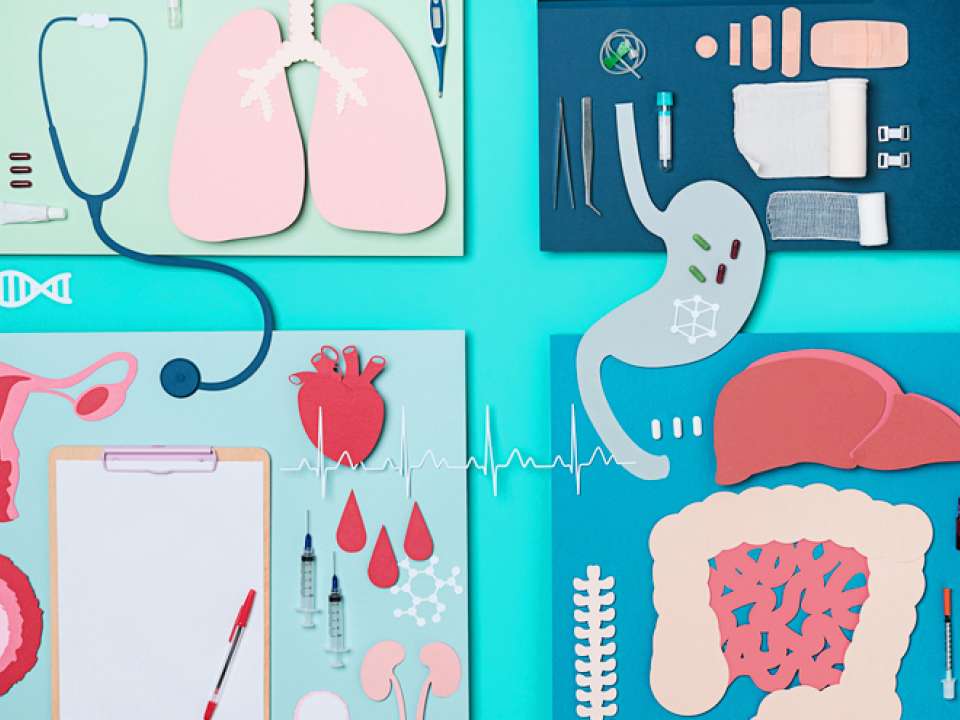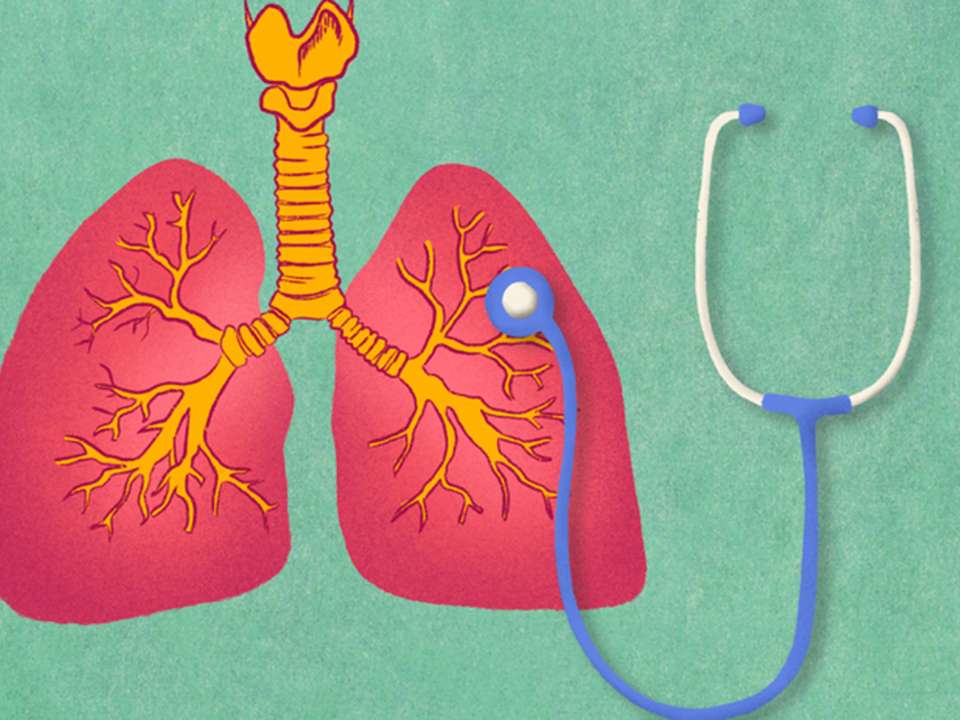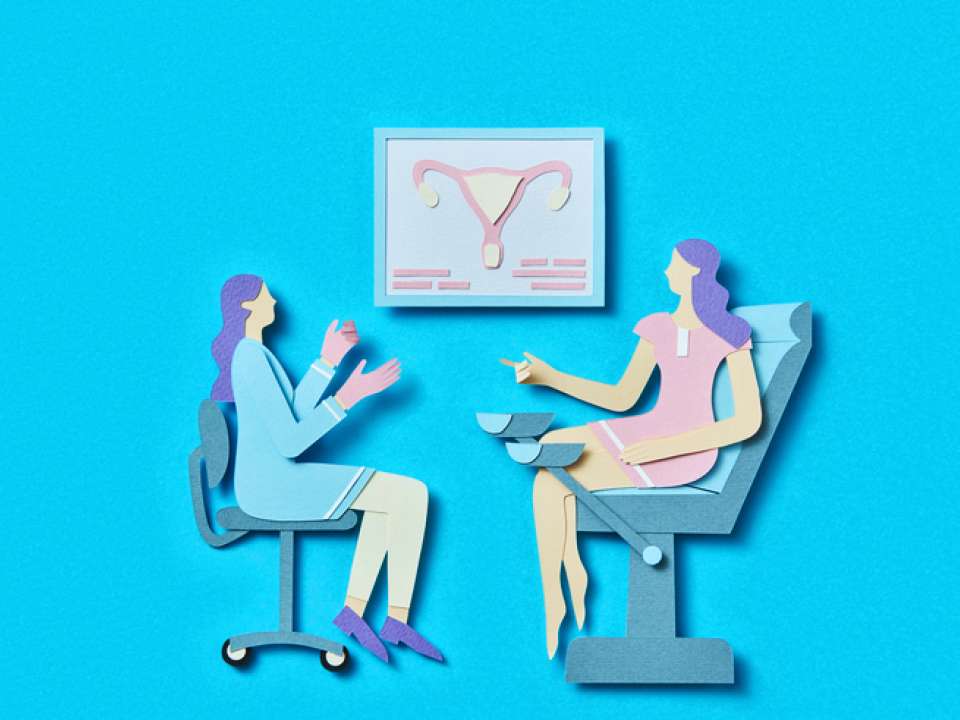
Myth or fact? Men are more prone to heart attacks than women.
Myth. Despite what pop culture wants us to believe, heart attacks are just as common in women as they are in men. In fact, heart disease — which includes heart attacks — is the leading cause of death among women in the United States.
Though women older than 55 are more likely to have a heart attack, an increasing amount of younger women are also having them. This is primarily because of the increase in diseases such as obesity and diabetes in young women, which puts some at greater risk for heart problems.
According to recent research, women in their 30s, 40s and early 50s getting heart attacks increased by 10% within a 20-year period.
An even bigger problem? That same study also found that women who have heart attacks are less likely than men to be given drugs to treat heart disease or to undergo heart procedures that can open up clogged arteries.
Here’s why that is, what you need to know about how heart attacks and heart disease affect women and how to stay healthy.
Heart attack symptoms can be different in women
A heart attack happens when blood flow to the heart gets cut off. This is usually due to cholesterol plaque buildup creating a blockage in an artery. It’s different from (but often gets confused with) sudden cardiac arrest, which is when an electrical problem in the heart causes it to stop pumping blood effectively.
Between 2013 and 2016, 3.3 million women in the United States had a heart attack.
The best-known and indeed most common symptom is chest pain. But that’s far from the only symptom.
Though anyone can experience out-of-the-ordinary heart attack symptoms, women are more likely to. This is what Dr. Kathleen Kearney, an interventional cardiologist at UW Medicine’s Heart Institute, likes to emphasize to her patients.
“Up to half of women won’t have chest pain, whereas around 30% of men presenting with a heart attack won’t describe chest pain,” she says.
If someone does get chest pain, they might not feel it as a sharp pain but rather a fullness or pressure in the chest. Some people get pain that migrates to the base of the throat, the jaw, between the shoulder blades or that radiates down an arm, Kearney says.
What she wants people to understand, no matter their gender, is that symptoms don’t always look the way they do in the movies when someone suddenly clutches their chest and falls over.
“There is a constellation of symptoms that varies for everyone. One person might be screaming and breathless from chest pain and another individual just feels funny. These symptoms can come on gradually or it can be an acute change,” she says.
Often, even if people don’t realize exactly what’s happening, they will know something isn’t right. In this case, you should trust your instinct.
“Something out of the ordinary should always be taken seriously,” she explains.
If you think you’re having a heart attack, the best thing to do is call 911 and, if instructed, take an aspirin. Aspirin has been proven to help reduce the severity of heart attacks; it could even save your life.
The danger of believing heart attack myths
Aside from pop culture’s fixation on old men — and no one else — having heart attacks, there’s another very real reason why people think men are more at risk: history.
“Several decades ago, when we first started treating heart attacks, men did get them more than women, and life expectancy was different. In ’70s and early ’80s men were dying more often from heart attacks than women,” Kearney says.
Now, however, women are just as likely — if not more so — to die from a heart attack. Yay for equality?
Unfortunately, common knowledge hasn’t caught up with current data. This means people still think women don’t get heart attacks — including some medical professionals.
There’s a long history of women’s pain not being taken seriously in the medical field, whether that’s the deeply sexist and medically inaccurate idea of hysteria from the 1800s, the fact that women are much more likely to have unexplained chronic disease or the way women are more often told their symptoms are just “in their head” and are because of anxiety (even when they aren’t).
Heart disease is no exception. Although many doctors are working to educate the public that women can get heart attacks, there is still some gender bias at play in how women get treated.
For example, research has found that women who have heart attacks don’t always get the same medicines and treatments that men get, which means many women aren’t being given adequate treatment.
Some research suggests women have a higher risk of dying after a heart attack, but that women who are treated by female doctors fare better. Racial disparities also exist, as more black women than white women die from heart disease.
Young women have “highest risk”
Age combined with gender also comes into play. While most women who get heart attacks are older — on average, women are a decade older than men when they first have one — there is a smaller but significant subset of younger women who are at risk but whose risk isn’t recognized.
“The group that’s at highest risk for worse outcomes are younger women,” Kearney says.
She says this not because young women have a greater overall risk, but because when they do have heart attack symptoms the patients and doctors are more inclined to think those symptoms are caused by something else.
There is a particular type of heart attack that primarily affects younger, healthy, fit women. It’s caused by spontaneous coronary artery dissection, or SCAD. For unknown reasons, a piece of artery tears, blocking blood flow to the heart.
“Women who get it often wonder, ‘How could this happen to me?’ Most of them do well if they get through that first event, but it’s overall a traumatic experience,” Kearney says.
SCAD may be the cause of up to 35% of heart attacks in younger women, new research shows.
It’s because of things like SCAD that taking heart attack symptoms in women seriously is so critical — for doctors and for women who have symptoms. Women can also internalize bias and downplay or dismiss their own symptoms.
“There’s this layer of bias and cultural norms; if people don’t think they’re having a heart attack they don’t recognize it as soon,” Kearney says.
Making heart attack treatment more equitable
Overall, treatment for heart attacks has improved greatly in the past few decades.
Advanced detection techniques to identify artery blockages, stent procedures and other treatments that prevent further damage, and more thorough prevention efforts for people with existing heart disease have all made a difference, Kearney says.
This is especially true in the Seattle area, where the emergency medical provider Medic One partners with Harborview Medical Center to offer paramedics advanced training and support. As a result, local paramedics provide better care to heart attack patients.
“Our medic system is very sophisticated, so when they get called for a heart attack they can get an EKG and transmit it to the hospital, so we see it before the patient even arrives. Paramedics can give medications right away, too,” Kearney explains.
Additionally, she and many other doctors are working to educate people in and out of the medical field about the very real danger women face from heart disease.
Women need to be self-advocates
Women should also advocate for themselves and their loved ones, Kearney says. If you feel like your symptoms or pain are being dismissed — in any situation, not just if you’re concerned about your heart — speak up. You have a right to get quality medical care and have your concerns taken seriously.
The best thing you can do for yourself is to take steps before you develop heart disease to minimize your risk. The younger you start, the better.
The top three risk factors for a heart attack are high blood pressure, high cholesterol and smoking. Other risk factors include things like having a chronic disease like diabetes or kidney disease, being overweight or obese, and being physically inactive.
Many of these risk factors are things women can work on by changing their diet and lifestyle, Kearney says.
That means doing things like quitting smoking, eating more fruits and vegetables, building regular exercise into your daily routine and seeing a doctor if you have high blood pressure or cholesterol.
Even small changes, like walking more instead of driving or standing more during the day, can make a difference, Kearney says.
“Start early to get screened for your cholesterol and monitor blood pressure. Prevention is always the best so you can detect any problems when they’re mild and it doesn’t have to be a big deal. Think of it as an investment in your future,” Kearney says.

 Healthy ideas for your inbox
Healthy ideas for your inbox





